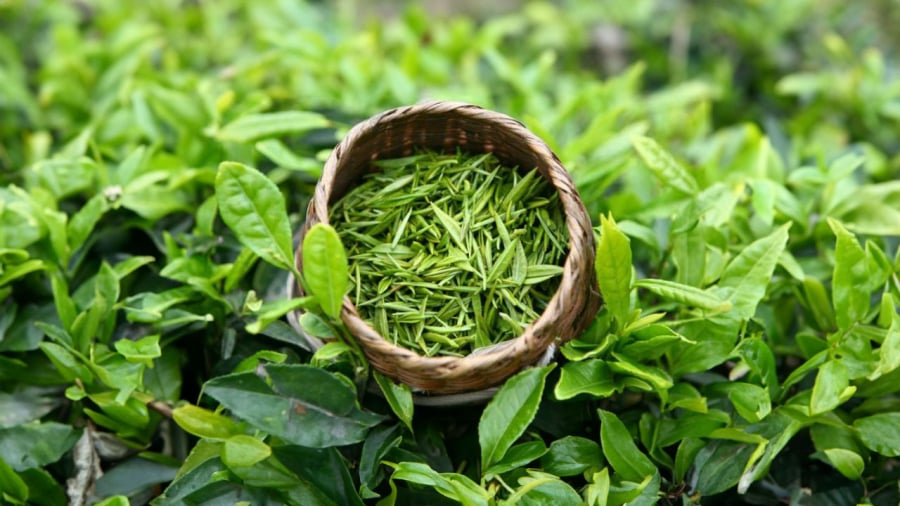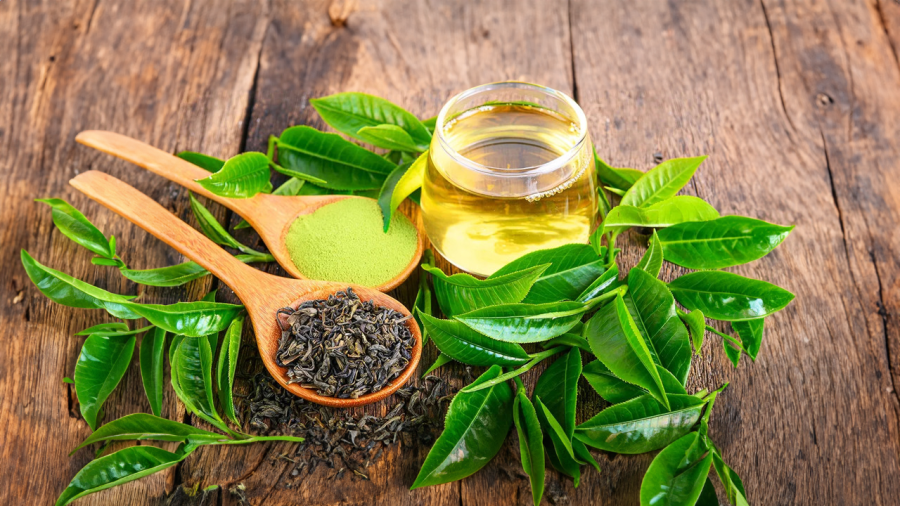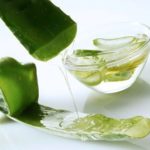Freshsection>
Fresh tea is a popular beverage in many households, as it is considered healthier than dried tea. However, many people end up with a strong-smelling, reddish brew that tastes bitter. Tea leaves contain tannins, which can cause astringency, so it’s important to reduce their presence to ensure a less bitter taste. Unfortunately, if not done correctly, the tea can become even more bitter and reddish.
Here are some tips to help you prepare a delicious cup of fresh tea:
Select Fresh, High-Quality Tea Leaves
The key to a great-tasting tea starts with the leaves. Opt for leaves that are neither too young nor too old, as they provide the best flavor. Very young leaves result in a bland, insipid brew, while old leaves tend to make the tea bitter and reddish. Go for leaves that are just right, known as “bánh tẻ” in Vietnamese. You can use the stems as well, but if you do, choose stems that are about a hand’s length from the tip, as they tend to be more flavorful than older stems. Avoid using crushed or damaged leaves.

Fresh Tea Leaves for Better Flavor
Properly Prepare the Tea Leaves
When purchasing tea leaves, remove any that are infested, old, or damaged to prevent crushing them. Gently rinse the leaves under running water to clean them, being careful not to apply too much pressure, as this can cause damage. Crushed or damaged leaves, when left for a long time, can undergo oxidation, releasing tannins that give the tea a reddish-brown color and a bitter taste.
The Importance of Water Quality
The water you use for drinking has a significant impact on the quality of your tea. Water with high alkalinity or acidity can affect the taste of your tea. To ensure the best results, use clean water with a neutral pH level. Traditionally, rainwater was preferred because it had lower alkaline levels. However, nowadays, it’s safer to use filtered water to guarantee purity.
Brewing and Cooking the Tea
Start by gently squeezing the tea leaves and then placing them in a pot. Rinse the leaves once with water and discard the water to remove excess tannins. Remember to only squeeze the leaves right before brewing, and if you’re not using them immediately, keep them intact.
After rinsing, let the tea leaves steep in hot water for 10-30 minutes to infuse the flavor. Once the steeping time is up, pour the entire contents of the pot into a wide-mouthed pitcher, add a few ice cubes to rapidly cool the tea, and help it retain its green color. Allow the tea to cool to room temperature before pouring it into a bottle or flask for carrying.
Leaving the tea in the pot for an extended period will cause it to become reddish and develop a strong odor due to prolonged heat exposure.

Brewing Fresh Tea Requires Careful Attention
The reddish color of the tea is a result of prolonged exposure to oxygen in the air, leading to oxidation, or exposure to sunlight and high temperatures.
To maintain the green color of your tea for a longer period, remember the following:
- Fully brew the tea and then pour the entire contents into a pitcher or bowl to cool it down quickly.
- Add a few ice cubes to help retain the green color.
- Avoid exposing the tea to direct sunlight or high temperatures to keep it green for several hours.
Important Notes When Using Green Tea
To enhance the flavor of your green tea, consider adding a few slices of fresh ginger, which will give it a unique aroma.
Avoid drinking green tea on an empty stomach, as it may cause dizziness, nausea, or fatigue.
Do not drink tea immediately after a meal, as it can interfere with nutrient absorption.
Tea that has been left overnight or for a prolongedsection>



































